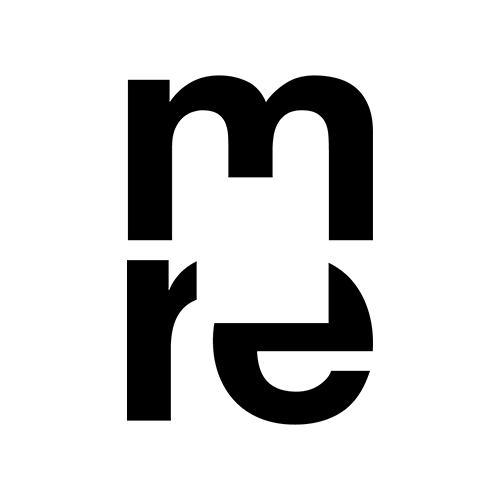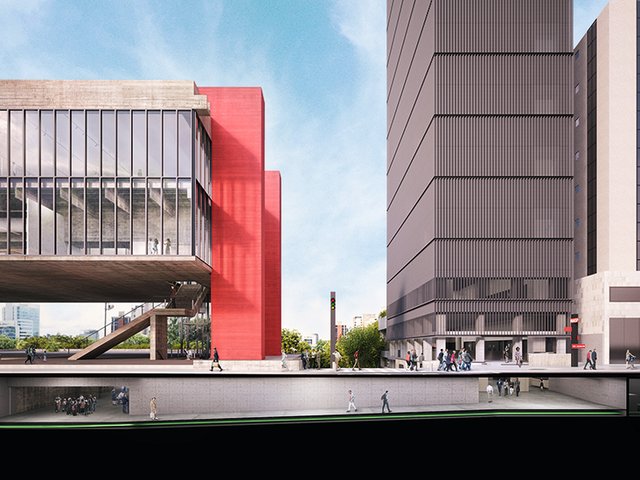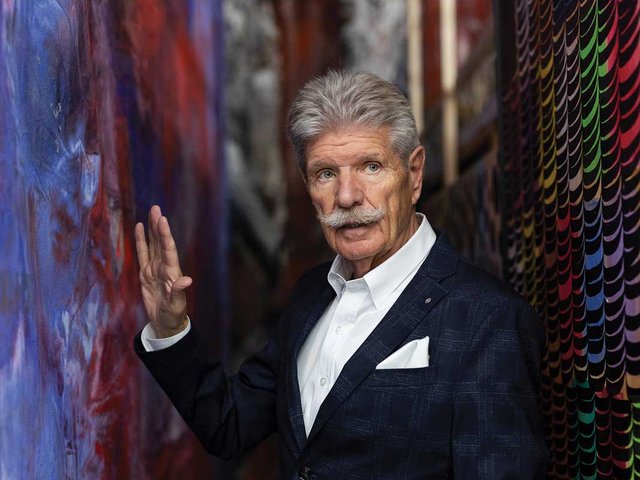Abstract art from a new angle: a promise which the brand-new privately funded Museum Reinhard Ernst has delivered on since June 2024. Showing works by international greats such as Helen Frankenthaler, Morris Louis, Atsuko Tanaka, and Frank Stella, it is the only museum in Europe built by the late Japanese architect Fumihiko Maki (1928-2024).
The museum embodies Reinhard Ernst’s vision not to create a solemn temple of art, but an approachable building that welcomes everyone, open to the constant interplay between art, architecture and people. Abstract art does not dictate anything, it speaks directly and immediately to the viewer.
The freedom to approach art on one’s own terms, paired with an ongoing fascination with colour as a key ingredient in artistic practice, have shaped the founder’s collection. It also has a unique geographical focus: Reinhard Ernst has amassed the largest private collection of the US artist Helen Frankenthaler. Whilst also interested in German art, he is one of the few European collectors of works by Japanese Gutai artists. The founder’s passion for abstraction has its perfect match in Maki’s architecture.
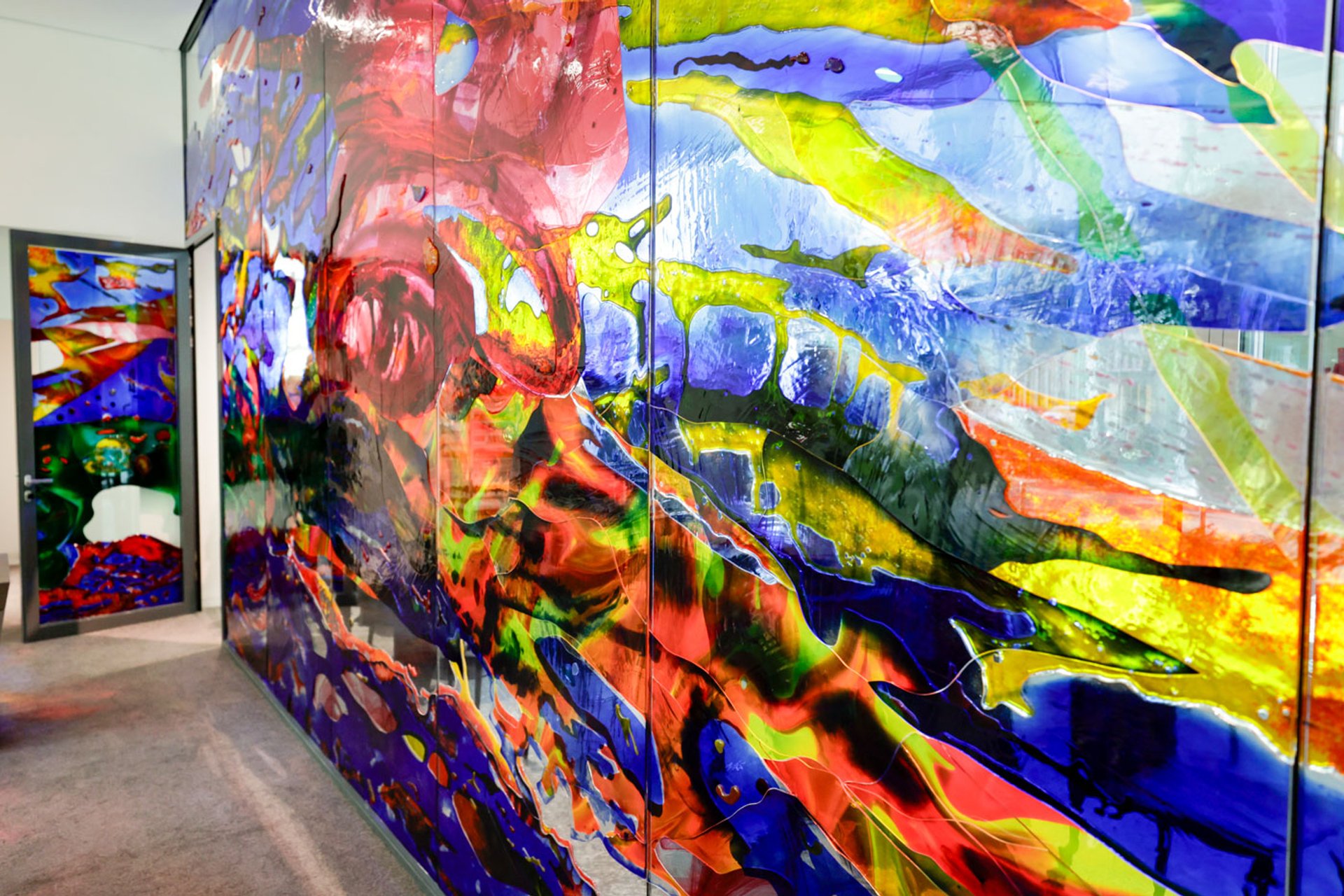
When colour and space become one: Ein Glas Wasser, bitte is Katharina Grosse’s first work on glass and the wall to the colour lab Photo: Sascha Kopp. Katharina Grosse, Ein Glas Wasser, bitte, 2024 © VG Bild-Kunst, Bonn, 2024
Clear lines of sight set both the art and the architectural surroundings into scene, while the galleries have been specifically designed to display works of art with large dimensions. The open spaces are cleverly lit through the use of what Maki called "borrowed light", which floods into the building through the museum’s inner courtyard. The interaction between art and architecture is furthered through on-site commissions by artists such as Katharina Grosse, Tony Cragg and MadC. Indeed, art should not limit itself to being enjoyed in the galleries, but also during a visit to the loo or whilst using the art learning room, known as the colour lab, which features Grosse’s first work on glass as a wall.
Little of what awaits inside can be guessed from the hermetic white granite façade. The "sugar cube", as it has been nicknamed by locals, is an uncompromisingly modern addition to Wiesbaden, a spa town famed for its well-preserved 19th-century architecture. Maki’s contributions to international architecture are examined in the temporary exhibition (on view until 9 February 2025) Fumihiko Maki—Maki and Associates: Towards Humane Architecture. The architect, accoladed with the Pritzker Prize in 1993, passed away shortly before the museum’s opening.
Although Maki is internationally renowned for projects such as Tower 4 World Trade Centre in New York, the exhibition also focuses on his museums, including the Aga Khan Museum in Toronto (completed in 2014), the Yerba Buena Center for the Arts in California (1993) and the National Museum of Modern Art Kyoto (1986). The Museum Reinhard Ernst is the tenth building of this kind in the above high-calibre series.
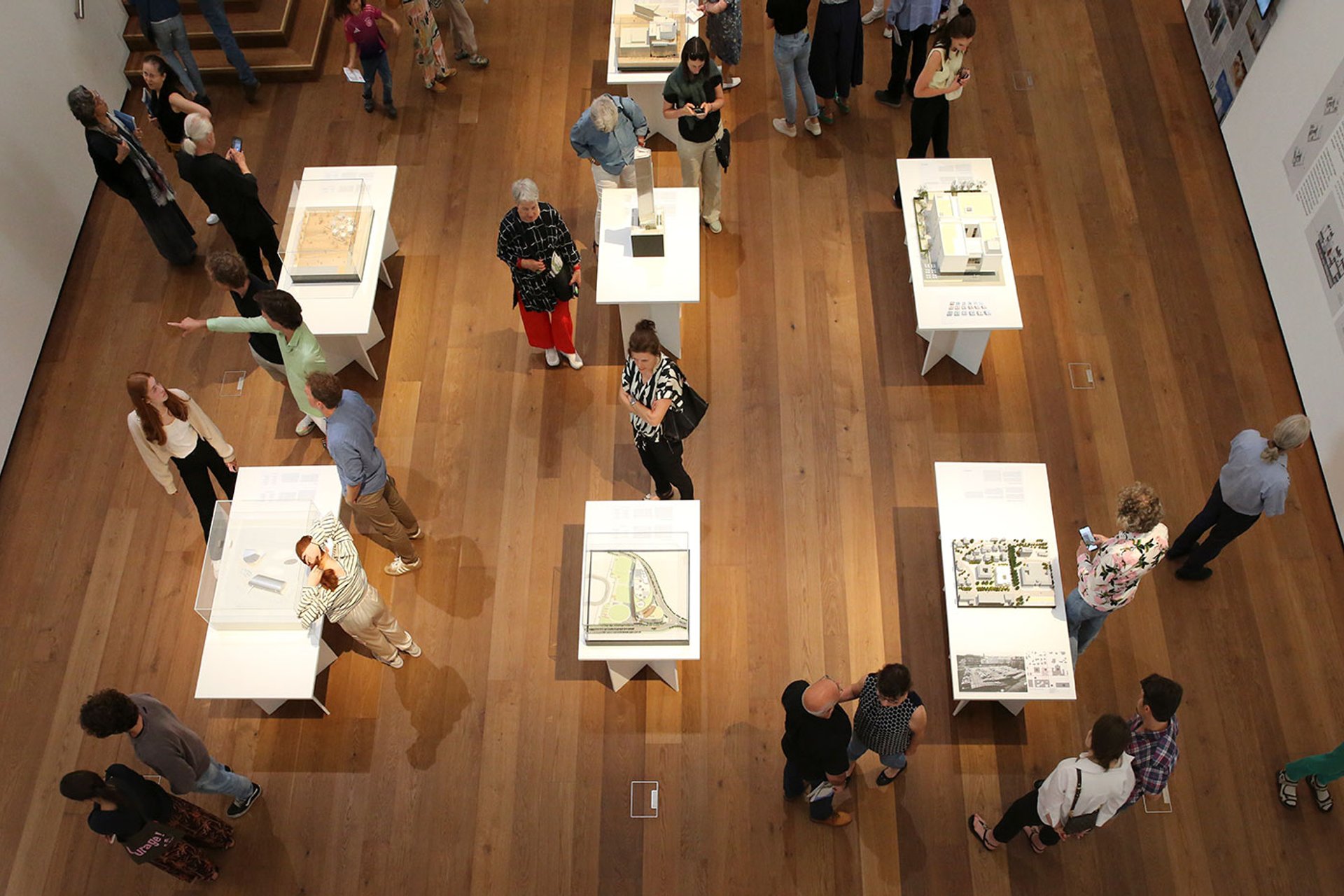
The temporary exhibition is dedicated to the late architect of the museum, Fumihiko Maki, on view until 9 February 2025 Photo: Marie-Christine Möller
The project cost around 80 million euro and has been completely financed by the Reinhard and Sonja Ernst Foundation. One of the foundation’s core values is enabling access to art for youths and fostering their creativity, which is why children and youths up to 18 years benefit from free entry to the museum, and, before noon, admission to the museum is reserved exclusively for school groups and educational institutions.
So far, the uptake on this has been overwhelming: "My team and I are delighted by the great interest and positive feedback we have received on all channels since the opening in June," says founding director Dr Oliver Kornhoff. "The Museum Reinhard Ernst not only shows international masterpieces of abstraction since 1950, the building is also an architectural work of art. This makes our institution stand out as a fantastic new addition to the rich cultural region of the Rhine-Main area but also internationally."


